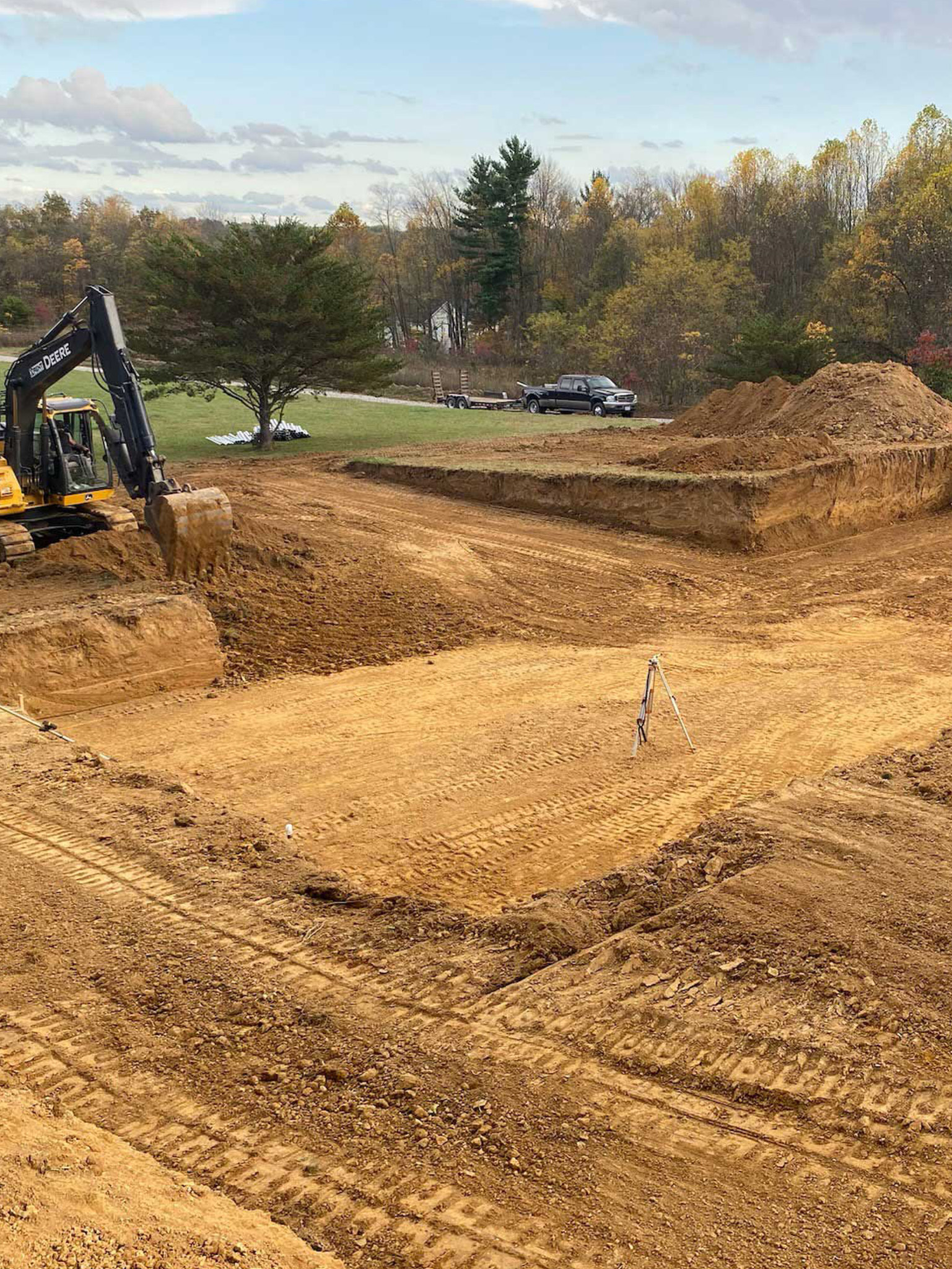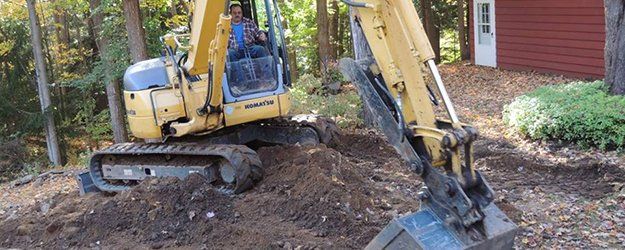Lancaster Trenching - Expert Trenching Solutions in Lancaster, Ohio
Lancaster Trenching - Expert Trenching Solutions in Lancaster, Ohio
Blog Article
Thorough Exploration: The Scientific Research Behind Superior Excavation Practices
From ancient hand devices to modern hydraulic excavators, the development of excavation strategies has been a testament to human resourcefulness and technical advancements. What truly sets superior excavation methods apart is a deep understanding of geological concepts, paired with the application of cutting-edge devices and approaches.
Evolution of Excavation Techniques
Throughout background, the advancement of excavation methods has played a critical function ahead of time building and construction methods and archaeological discoveries. From the primary devices made use of by our forefathers to the sophisticated equipment utilized in modern times, the progression of excavation approaches has actually substantially transformed exactly how we approach various tasks.
In old times, manual work with standard tools such as shovels, wheelbarrows, and pickaxes was the key approach of excavation. This labor-intensive procedure restricted the deepness and extent of excavations, usually resulting in sluggish development and limited accessibility to particular websites. Nonetheless, as civilizations advanced, so did the techniques and tools used for excavation.
The Industrial Revolution noted a transforming point in excavation methods with the introduction of steam-powered equipment. This technology transformed the area, enabling for faster and a lot more extensive excavations. In contemporary times, modern technology plays a crucial function in excavation, with developments like GPS systems, drones, and 3D scanning enhancing accuracy and effectiveness in the field. The evolution of excavation strategies remains to form the means we develop, check out, and understand the globe around us.
Function of Innovation in Excavation

The combination of sophisticated technology has essentially transformed the field of excavation, improving precision and performance to unprecedented degrees - lancaster trenching. One of the crucial technical improvements that has dramatically affected excavation methods is the application of General practitioner systems.
Furthermore, the development of 3D modeling and simulation software has streamlined the planning procedure for excavation jobs. Engineers and operators can now imagine the whole excavation process before breaking ground, enhancing and determining possible challenges process. Combined with this, the application of drones in excavation tasks has promoted airborne surveys, volumetric measurements, and site inspections with unrivaled rate and precision.
Geological Principles in Excavation
An understanding of geological concepts is important for making certain the architectural stability and security of excavation websites. Geological elements play a crucial function in determining the expediency and safety of excavation projects.
Additionally, the geological framework of the area, including faults, fractures, and rock developments, must be thoroughly assessed to determine possible threats and challenges. Digging deep into near geological fault or unstable rock formations can result in instability and possible risks. By conducting thorough geological surveys and analysis, designers and excavators can establish approaches to mitigate threats and ensure the successful conclusion of excavation tasks. Inevitably, incorporating geological concepts into excavation practices is essential for accomplishing safe, reliable, and sustainable outcomes.

Latest Tools for Excavation
In the realm of excavation techniques, modern technologies in devices have actually helpful site changed the effectiveness and precision of excavation procedures. One of the most current devices making waves in the industry is using drones equipped with sophisticated imaging innovation. These drones can provide detailed aerial studies of excavation sites, using real-time information on topography and prospective dangers. This info help in much better preparation and decision-making throughout the excavation procedure.
One more cutting-edge tool obtaining appeal is the execution of 3D printing modern technology for developing custom-made excavation devices. This allows for the production of specialized devices that are tailored to the details requirements of a project, boosting performance and decreasing downtime.
Furthermore, improvements in materials scientific research have actually caused the development of more powerful and more long lasting excavation tools. lancaster trenching. Tungsten carbide-tipped excavator add-ons, for instance, deal remarkable performance in challenging ground conditions, enhancing productivity on-site
Scientific research's Effect on Excavation Practices

Additionally, scientific study on dirt technicians and geotechnical design has given useful insights into soil habits, allowing excavation professionals to make educated decisions relating to excavation methods and dirt stablizing techniques. Generally, science proceeds to drive advancement and improvement in excavation methods, making excavation jobs a lot more efficient, cost-effective, and sustainable.

Conclusion
To conclude, the evolution of excavation techniques has actually been greatly influenced by developments in technology and a much deeper understanding of geological principles. The latest tools and devices utilized in excavation have improved effectiveness and accuracy in the field. The application of scientific knowledge has significantly boosted excavation methods, resulting in more lasting and reliable approaches for digging deep into various kinds of products.
In the world of excavation practices, modern developments in tools have changed the effectiveness and precision of excavation processes. By leveraging scientific principles, the excavation market has been able to significantly enhance effectiveness, accuracy, and security in excavation procedures. GPR enables excavation groups to non-invasively scan and map subsurface frameworks, utilities, and prospective hazards, allowing them to plan excavation projects with greater accuracy and lowered threat of mishaps.
Furthermore, scientific research on soil mechanics and geotechnical design has provided important understandings into soil actions, permitting excavation experts to make educated choices relating to excavation approaches and soil stablizing strategies. Overall, science proceeds to drive Discover More development and renovation in excavation techniques, making excavation tasks much more effective, cost-effective, and sustainable.
Report this page